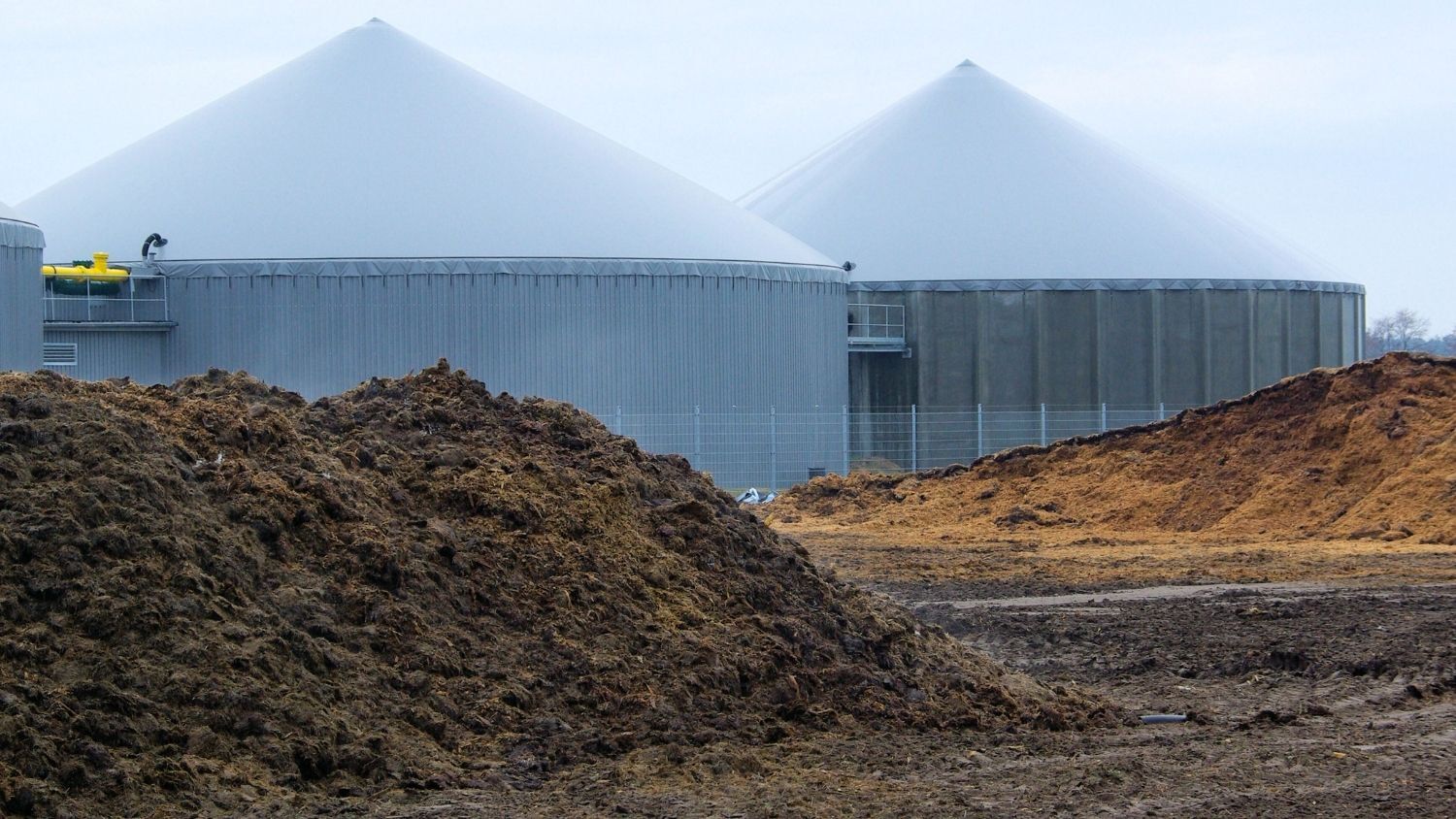Material science is on a permanent quest for the optimization of processes through the discovery of novel exciting materials. Metal-Organic Frameworks (MOFs) are one of the most exciting advances in the field since their invention in the 1990s. MOFs have shown promise in different applications becoming a technology platform for processes such as gas storage, catalysis, drug delivery, and carbon capture. In particular, MOFs have become crucial materials for the development of applications, including Direct Air Capture (DAC) and Post-Combustion Carbon Capture (PCC). This blog describes the journey of MOFs from their discovery to the present, and how MOF challenges have been addressed and now stand poised to revolutionize carbon capture.
 Enhancing Stability
Enhancing Stability
One of the primary challenges associated with early MOFs was their sensitivity to moisture and heat. To develop more robust MOF materials, researchers have taken advantage of MOFs’ ability to be carefully designed while tailoring their structure, pore size, and chemical functionality. By selecting appropriate metal nodes and organic linkers, specific properties can be modified. For example, the incorporation of high-valence metal ions like zirconium and aluminum increases thermal and chemical stability. For instance, MOF-5 was one of the first MOFs to be synthesized and has since been widely studied. However, MOF-5 is especially susceptible to moisture. In contrast, UiO-66 was the first example MOF with zirconium metal ions, that showed superior stability to moisture and could tolerate temperatures as high as 500 °C. Now, there are many examples of robust MOFs that can withstand harsh conditions, such as steam, and even acidic conditions.
Advances in Scalable Synthesis

In the early stages of MOF synthesis, solvothermal methods were used in the lab-scale production. These old methods relied on the use of high temperatures and pressures (> 120 °C), long reaction times (> 72 hrs.), and toxic and expensive solvents such as dimethylformamide (DMF) or dimethylacetamide (DMAc). These inefficient methods also often required laborious purification steps and regularly resulted in a poor yield.
Now, through advancements in synthesis methods, there are many examples of MOFs being produced efficiently at ambient pressure using only water as a solvent. For example, a series of Aluminum-based MOFs can be produced with yields above 90% using water as a solvent and reaction times of 6h.
Improved performance
MOFs have significantly advanced carbon capture methods, offering higher efficiency and greater stability compared to earlier materials. Initially, MOFs like MOF-5 provided a proof-of-concept for CO₂ adsorption, it showed moderate CO₂ capture efficiency but suffered from poor stability in humid conditions, therefore it was not suitable for the CO2 concentrations often present in flue-gas streams. Then, Mg-MOF-74 was introduced several years later and boasted even higher CO2/N2 selectivity, ranging from 20 to 50, due to its open metal sites that strongly interact with CO₂ molecules. Compared to MOF-5, Mg-MOF-74 had higher carbon capture uptake and superior selectivity, but still showed poor stability.
More recently, CALF-20 has represented a breakthrough for MOFs in carbon capture, based on its material properties that balance acceptable CO2 uptake capacity, superior selectivity (up to 70 for CO2/N2 mixtures) and remarkable stability. CALF-20 has a low enthalpic penalty and is stable for more than 450,000 cycles under harsh humidity and acidic conditions. The relatively short span of new developments highlights the rapid progress in MOF research, leading to materials that are more efficient and stable and more selective for CO2 capture. These advancements underscore the potential of MOFs to revolutionize industrial-scale carbon capture applications, providing more practical and effective solutions for reducing atmospheric CO2 levels.
Large-Scale Production
It is expected that as the demand for MOFs increases, larger production volumes will lead to economies of scale, and material advances will further improve their performance. Greener synthesis methods are continuously being developed, which will make them more environmentally friendly and affordable. Advances in the design and selection of precursor materials have led to the development of MOFs that require less expensive and more readily available components. The use of abundant metals like aluminum and iron, combined with organic linkers derived from inexpensive sources, has made the synthesis of MOFs more economical. There are some examples showing the reduction of the production cost of MOFs, for instance, the production cost of MOF MIL-160(Al) for a 100 ton/year in a kilo laboratory scale can be reduced by more than 60% in an industrial facility producing 1’000 ton/year.
The Potential Growth of MOF Technology in Carbon Capture Applications
Amine-based absorption technology is considered the most mature carbon capture method. Despite amine technology being understood for about 75 years, amine scrubbing still shows significant challenges in terms of energy efficiency and sorbent degradation. On the other hand, the rapid development of MOF technology has opened new horizons in the field of carbon capture. As industries seek to reduce carbon emissions, the potential growth of MOF technology in carbon capture applications is immense.
In about 20 years, MOF technology has reached crucial milestones. The obvious trend in MOF advances in the past two decades compared to other technologies for carbon capture makes evident their importance in the upcoming years.

The technology potential of MOFs has not reached its peak yet. MOFs hold immense potential for future advancements, particularly due to their structural diversity and potential sustainability. With millions of possible MOF structures, the field is poised for significant breakthroughs through the use of computer-aided design. This approach leverages computational tools to predict and optimize MOF structures for specific applications, accelerating the discovery process and enabling the creation of MOFs with tailored properties. Through these advancements, MOFs will continue to evolve, offering innovative solutions across various fields, from gas storage and separation to catalysis and beyond.
The potential growth of MOF technology in carbon capture is promising, driven by the combined advancements in affordable production and untapped potential for improvement. As research and development continue to optimize these processes, MOFs are poised to become a cornerstone of carbon capture strategies worldwide. With reduced production costs and enhanced recycling capabilities, industries are more likely to adopt MOF-based carbon capture systems.
For further insight into the world of MOFs, explore our previous blogs and success stories.




.jpg)
